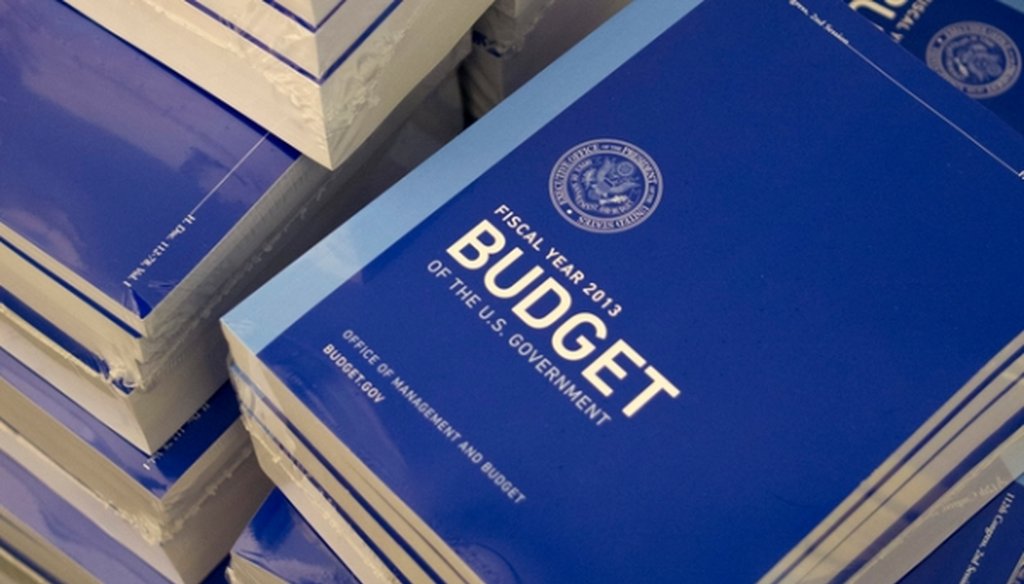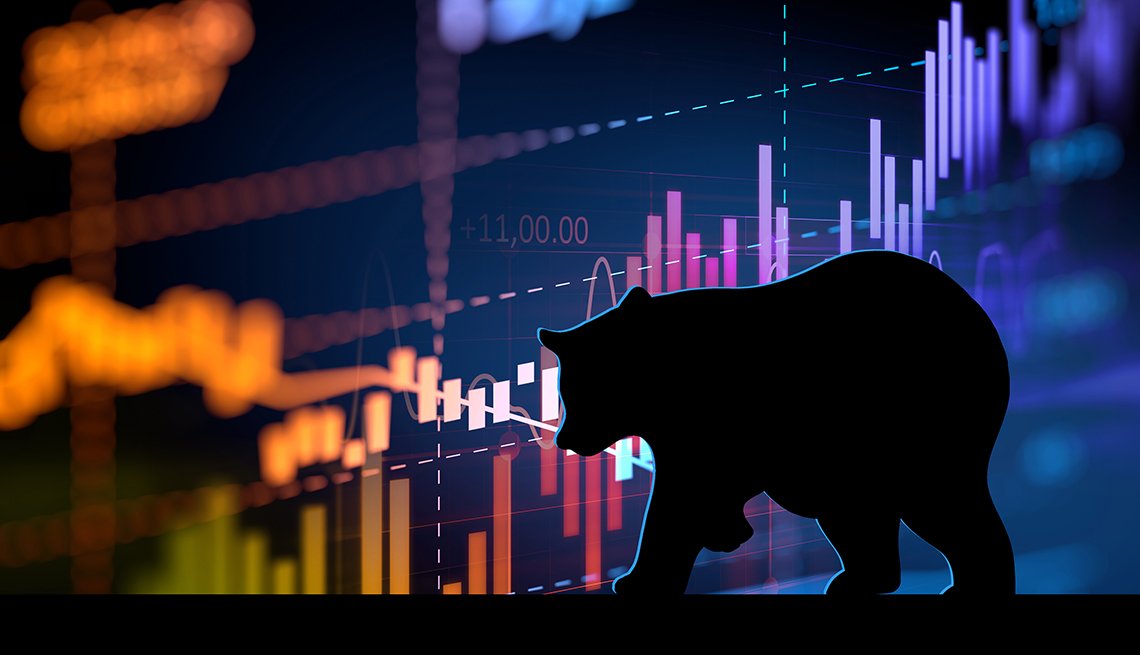Looking at all World Cup winners from 1962 through 2018, economic analysis suggests winning the WC boosts domestic GDP by at least 0.25% in the two subsequent quarters primarily due to export growth. For example, 1.12 billion people watched the 2018 WC final and that increased exposure boosted global demand for French products. Hosting the WC does nothing, I guess all stadium interiors look identical. Congrats Argentina.
Category Archives: Featured
First-Time Financing
With mortgage rates dipping last week by 24bps to 6.9%, the largest decline since July 2022, and home prices trending down since peaking in June, first-time mortgage applications spiked a pleasant 4.4% W-o-W for the week ending 11/11/22. Still, they remain down 39.9% Y-o-Y. As for refinancing, because rates are still so high, activity fell another 1.6% W-o-W, and is now down 86.4% Y-o-Y.
Deficit Decline

While last year’s budget deficit (FY21) was $2.8 trillion, the preliminary estimate of the FY22 deficit, which ended 9/30/22, is $1.4 trillion, a decline of 50%. This total includes $426 billion for student-loan debt relief but excludes income-driven repayment relief, as those plans have not been finalized. Total receipts were $4.9 trillion, up 21% Y-o-Y, spending was $6.3 trillion, down 8% Y-o-Y. Pre-Covid, in FY2019, the deficit was $984 billion.
Contract Cancellations
Last month, new home contract cancellations hit 14.5%, their highest level in years outside of 4/20’s Covid-tainted peak of 16.5% and are 30% above their seasonally adjusted pre-Covid rate. Similarly, the percentage of pending-home sales that fell out of contract in June hit 14.9%, their highest level in years excluding the Covid-19 induced 3/20 peak of 17.6% and are 20% above the pre-Covid rate of about 12.5%.
Fuel Foolishness

Reducing the federal gas and diesel taxes from 18.4 cents/gallon and 24.4 cents/gallon, respectively, to zero for three months, would cost the Treasury $10 billion, and probably not much help consumers. That’s because the slightly lower price would boost demand but won’t boost refining capacity, the critical supply-chain problem. The more the price reduction stimulates demand, the more the oil industry pockets. I bet the average driver saves maximum $10.
Bear Behavior

Since the start of the Great Depression, there have been 22 bear markets, defined as a stock market decline of more than 20%. The average duration of those bear markets is 11 months. The median duration is eight months. The shortest bear market was in 2020, just a month; the longest was the dotcom bear which was over 30 months long. So far, the current bear is five months old.
Inescapable Inflation

CPI inflation rose a whopping 1% in May and is up 8.6% Y-o-Y, it’s fastest pace since 12/81! Worse, inflation is increasingly broad-based. Y-o-Y, groceries are up 11.9%, their fastest rise since 1979. Services, 45% of GDP, are rising at 5.7% Y-o-Y, their fastest pace since 3/91 and have risen steadily since 8/21. The Fed will probably raise rates faster given this report. A soft-landing looks increasingly elusive.
Consumer Credit

Since 2012, consumer credit has risen $15-20 billion/month. Non-revolving credit, which includes student and auto loans, accounts for two-thirds of the monthly rise and revolving credit, which consists of credit-card accounts, comprises the rest. Since 11/21, consumer credit growth has averaged over $30 billion/month, in February it was $37.7 billion, and March $52.4 billion, with credit card growth of $31.4 billion! The poor are borrowing as real incomes slide.
Hockey Hero
The Friday File: Today, Guy LaFleur died. He was the first hockey player to score 50 goals and 100 points in six straight seasons, won five Stanley Cups with my Montreal Canadiens, is in the Hall of Fame, and was sublime to watch. He was the greatest player of the 1970s and was my childhood hero. He gave me vivid memories and unbridled joy and I weep at his passing.
Record Resignations

In September, the latest month for which data exists, a staggering 3% or 4.4 million US employees quit their jobs. At the bottom of the wage-scale it’s due to a desire to avoid face-to-face contact. That should dissipate as jobs are reengineered and Covid hopefully fades. At the top end, telecommuting has permanently increased the number of viable job openings/person, this characteristic is unlikely to fade, thus elevating churn permanently.







